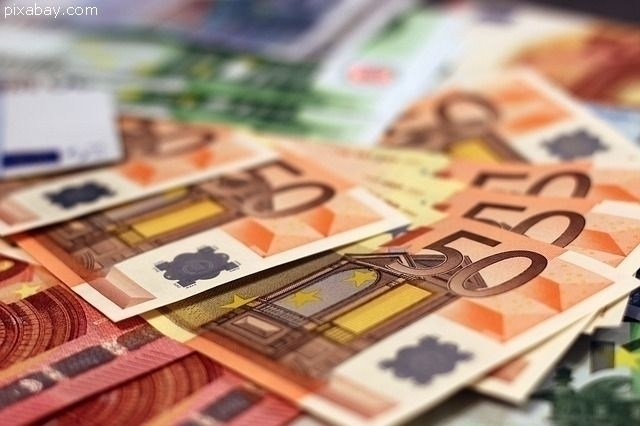Hard currency reserves go up
The hard currency reserves of the National Bank of Romania grew at the end of March, while the IRCC, the consumer credit reference index, went down.

Mihai Pelin, 02.04.2024, 14:00
The hard currency reserves of the National Bank of Romania grew last month compared with the end of February to pass 64 billion euros, with 1.7 billion euros entering and 638 million euros exiting in March. The level of the gold reserve remained the same, at over 103 tonnes, but its value grew to almost 7 billion euros following an increase in prices on the international market. Economic analyst Constantin Rudniţchi says these deposits allow the National Bank to ensure the stability of the hard currency exchange rate, but also indicate that some European funds remain in the bank rather than being quickly channeled into the economy. Constantin Rudniţchi:
“This continual consolidation of the international reserve also points to a weak implementation of European-funded projects. There’s a lot of talk about how a big portion of the money that comes from European funds remain parked at the National Bank and are not channeled into the real economy, but things are starting to move in this respect, in the sense that some investments are being reimbursed, we don’t have a clear figure yet, but we are seeing that funds are being spent at greater speed and in larger amounts.”
The National Bank of Romania also announced that the IRCC, the consumer credit reference index, dropped to 5.90% per year from 5.97 three months ago. This is the first significant reduction in the last year. The IRCC is the mean of daily interest rates on interbank transactions over the previous quarter. According to experts, this index may drop again in July to 5.84%. The trend is clearly downward and will lead to the drop of mortgage rates for 500,000 Romanians. This index has been used to calculate the level of variable interest rates in the national currency since May 2019, when it stood at 2.36%.
The IRCC was devised by the Romanian government as a solution to counterbalance the effects of the ROBOR index, which was going up fast from one month to the next towards the end of 2018, driving people’s interest rates up. With regard to the three-month ROBOR index, which is used to calculate the cost of consumer credits with variable interest rates in the national currency, this grew to 6.06% per year from 6.05% previously.






























